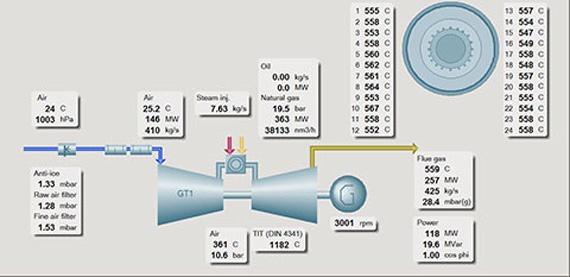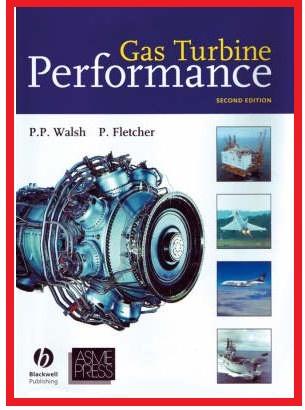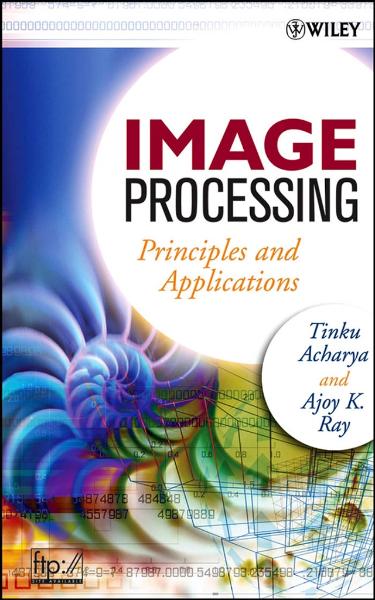|
نویسنده : www.BartarFile.ir
|

|
کاربرد روز افزون توربین های گازی در صنایع مختلف، به خصوص در صنایع نفت و الکترونیک، تامین انرژی مورد نیاز کارخانهها و مناطق خاص جدا از شبکه بسیار چشمگیر و قابل توجه است. همچنین در صنعت تولید نیروی برق شبکههای سراسری، با عنوان واحدهایی قادرند سریع در مدار قرار گیرند بسیار مورد توجه هستند. از زمان تولد توربین های گازی امروزی در مقایسه با سایر تجهیزات تولید قدرت، زمان زیادی نمی گذرد. با این وجود امروزه این تجهیزات به عنوان سامانههای مهمی در امر تولید قدرت مکانیکی مطرح هستند. امروزه به فناوری توربین های گازی تکنولوژی مادر گفته میشود و کشوری که بتواند توربین های گازی را طراحی کرده و بسازد هر چیز دیگری را هم می تواند تولید نماید. همان طور که می دانید از این تجهیزات در نیروگاه ها برای تولید برق (معمولا برای جبران بار پیک) موتورهای جلو برنده (هواپیما، کشتی ها و حتی خودروها)، در صنایع نفت و گاز برای به حرکت درآوردن پمپ ها و کمپرسورها در خطوط انتقال فرآوردهها و... استفاده میشود که امروزه کاربرد توربین های گازی در حال گسترش می باشد...
اصول دستگاه ها و طرز کار توربین های احتراقی گازی
توربو شفت ها
مدلسازی و شبیه سازی توربین بادی مجهز به DFIG و STATCOM

کتاب عملکرد توربین های گازی (Gas Turbine Performance)، مشتمل بر 659 صفحه، در 15 فصل، به زبان انگلیسی، همراه با تصاویر به ترتیب زیر گردآوری شده است:
Chapter 1: Gas Turbine Engine Applications
Chapter 2: The Operational Envelope
Chapter 3: Properties and Charts for Dry Air, Combustion Products and other Working Fluids
Chapter 4: Dimensionless, Quasidimensionless, Referred and Scaling Parameter Group
Chapter 5: Gas Turbine Engine Components
Chapter 6: Design Point Performance and Engine Concept Design
Chapter 7: Off Design Performance
Chapter 8: Transient Performance
Chapter 9: Starting
Chapter 10: Windmilling
Chapter 11: Engine Performance Testing
Chapter 12: The Effects of Water – Liquid, Steam and Ice
Chapter 13: Fuel and Oil Properties and their Impact
Chapter 14: Performance of In-Service Products
Chapter 15: Performance and the Economics of Gas Turbine Engines
توربین های گازی
کاربرد ژنراتورهای دو سو تغذیه در توربین های بادی
طراحی توربین محوری در نرم افزار ANSYS BladeModeler

* توجه: لازم به ذکر است که علاوه بر فایل کتاب آموزشی بالا، 8 جزوه آموزشی (مجموعا 400 صفحه به زبان فارسی)، جهت آموزش هرچه بهتر مبحث توربین های گازی نیز جهت دانلود قرار داده شده است.
جهت ذانلود کتاب عملکرد توربین های گازی (Gas Turbine Performance) به همراه جزوات، بر لینک زیر کلیک نمایید:
کتاب عملکرد توربین های گازی (Gas Turbine Performance) به همراه جزوات فارسی
اگر به فراگیری مباحث مشابه مطلب بالا علاقهمند هستید، آموزشهایی که در ادامه آمدهاند نیز به شما پیشنهاد میشوند:
دینامیک سیالات محاسباتی برای توربینهای بادی و جزر و مدی ساحلی
اصول کار و تعمیرات توربین های بخار
آشنایی بهینه با اجزاء و عملکرد توربین های بخار
تحلیل و بررسی جامع نیروگاه گازی و توربین گاز
گزارش کارآموزی نیروگاه گاز حرارتی
تئوری توربین های گازی
:: موضوعات مرتبط: کتاب های مهندسی مکانیک، جزوات مهندسی مکانیک، کتب و جزوات، تحقیق، مقاله، پروژه، مهندسی صنایع، اجزاء ماشین، نگهداری و تعمیرات، پکیج ویژه و نرم افزارهای کاربردی، پروژه، ،
:: برچسبها: تعمیرات, پمپ, توربین, کمپرسور, مکانیکال سیل, مسائل ارتعاشی, بهبود شرایط کاری, تعمیرات توربین, عیب یابی پمپ ها,

